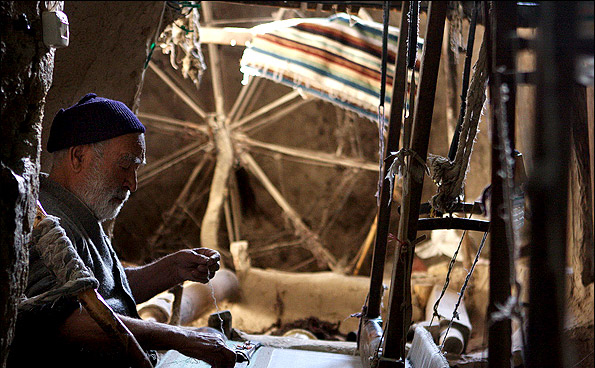Iran’s revenue from handicraft export, especially the export of woven products, needs to increase given the skill of Iranian weavers, announced the deputy of the handicrafts office at Iran’s Cultural Heritage, Handicrafts, and Tourism Organization (ICHHTO) Bahman Namvar Motlagh, as reported by ISNA.
Speaking at the first meeting of the Traditional Weaving Group, the official said, “We need to reach the position we deserve in the field of handicrafts worldwide and expand our export.”
Namvar Motlagh took stock of Iran’s income from handicrafts export and pointed out that India earns over $800 million from exporting woven products while Iran’s total revenue from sale and export of handicrafts reaches $500 million.
Iran used to be one of the most prominent centers of weaving in the world; a position it does not enjoy anymore. To promote the industry – specifically weaving – the official labeled the current Iranian year as “the year of weaving”.
The industry is in dire need of support both in production and export, he asserted. “Naming the year after the traditional art and craft is an initiative to help boost the sector.”
Emphasizing the necessity to increase export and sales, he said the current figures of both production and export of handicrafts are in no way reflective of the potential and history of a country with a rich record and diversity in producing handicrafts.
He pointed to his recent trip to Bushehr Province where he visited Abaa (loose sleeveless outfit normally worn by men) weaving workshops, and said, “Weaving of Abaa is an art which with proper management can be very profitable.”
However, there were only 4 weaving machine active, he said, warning that the art could be consigned to oblivion due to negligence and lack of support.
“It was decided to fund the addition of 6 more machines to the workshops,” he announced.
Recalling the significance of branding as an effective way to promote the industry, Namvar Motlagh stated handicrafts industry is facing challenges in various areas such as education, research, costs of raw material and mass production, and lack of enough workshops.
“To resolve the issues and boost the industry, there is an urgent need for action.”


